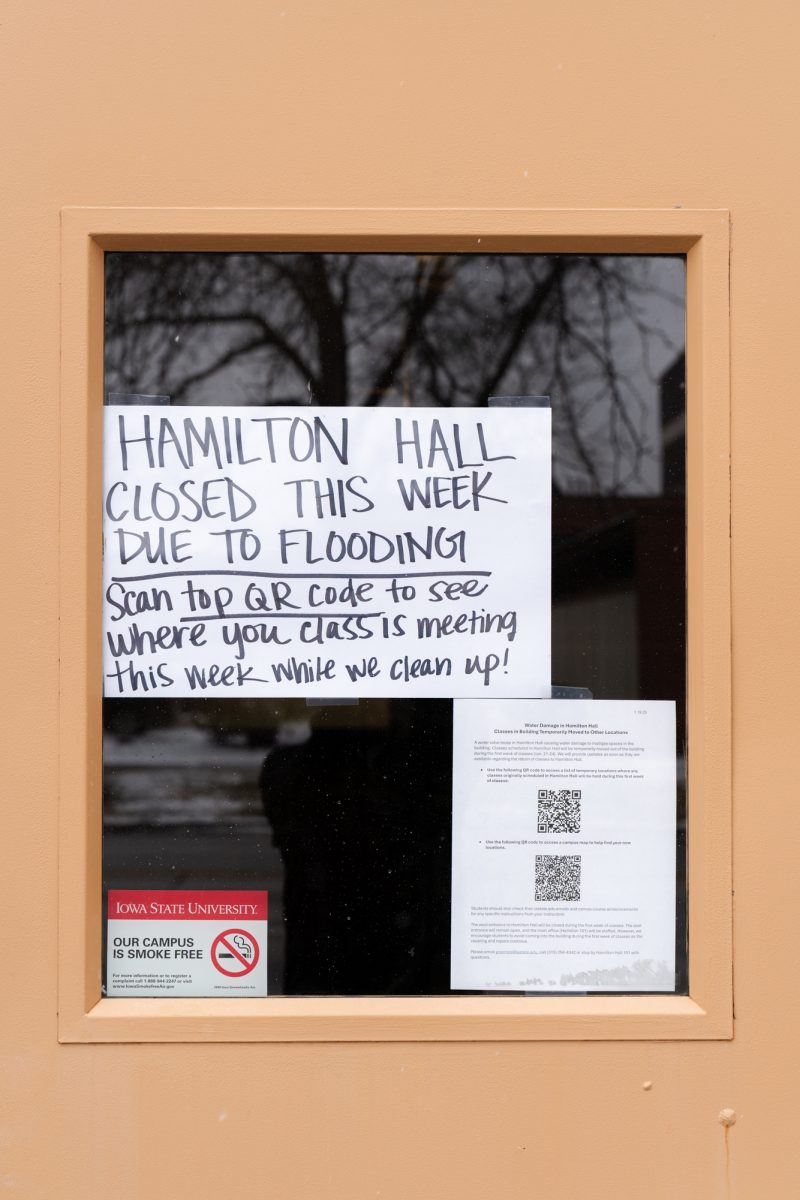Students get SAD in the winter time
December 2, 2004
As winter approaches and the days get shorter, more people are experiencing seasonal depression.
Seasonal Affective Disorder is a depressive disorder caused by reduced exposure to sunlight and occurs with increased frequency during the winter months because the days are shorter and people spend less time outside.
“I tend to see more depressive symptomology in the winter months,” said Aaron Quinn, a pre-doctoral psychology intern at student counseling service. “That’s pretty well-documented.”
He said seasonal depression sufferers display many symptoms of depression, but when these symptoms occur mostly during certain times of the year, SAD could be a factor.
“It will start usually in November or December,” said Marc Shulman, physician at Thielen Student Health Center. “Usually by April the days start getting longer again.”
According to the National Mental Health Association, young adults and women are at the highest risk of developing SAD.
Signs of SAD include feeling depressed and unmotivated, losing interest in usually enjoyable things and having altered sleep or eating habits, Shulman said. He said other than seasonal changes, lifestyle issues like spending too much time indoors can also contribute to the disorder.
“What we’re looking at is a chemical basis of certain neurotransmitters in the brain that are not functioning properly,” Shulman said.
According to the National Organization for Seasonal Affective Disorder, the disorder is caused by a biochemical imbalance in the hypothalamus caused by decreased exposure to sunlight. The disorder affects millions of people nationally and can be diagnosed when the symptoms appear during two consecutive winters. According to the Web site, SAD most commonly appears in people ages 18 to 30.
But, Quinn said, the disorder can be treated through light therapy.
“We have an empirically supported treatment [using] bright lights,” Quinn said.
Shulman said maximizing sunlight exposure can help fight the disorder. Forty-five minutes of sunlight exposure in the morning can help prevent depressive symptoms. He said full-spectrum light bulbs can be used to simulate sunlight exposure.
“Certainly counseling can help,” Quinn said. “In some cases, medication is appropriate.”
According to NOSAD, 80 percent of reported SAD cases reported nationally were effectively treated with light.
The organization recommends sitting two to three feet away from a light source of at least 10 times the intensity of an ordinary household lighting.
Sedative antidepressants are not useful in treating SAD because they increase symptoms like sleepiness and lethargy, although non-sedative antidepressants are useful, according to the NOSAD Web site.






